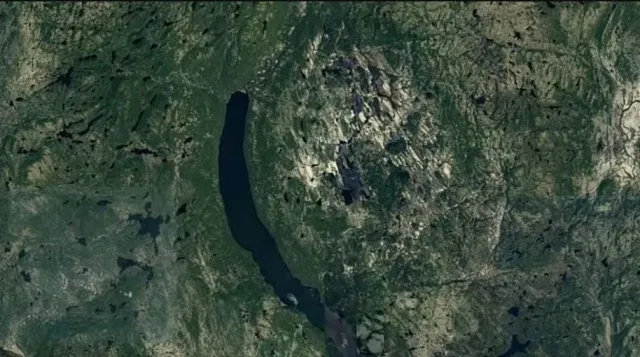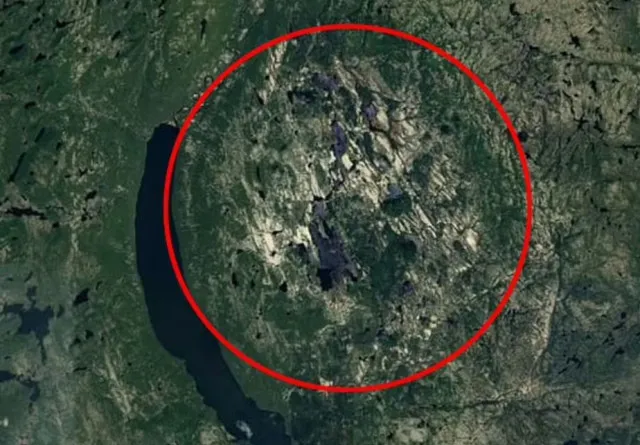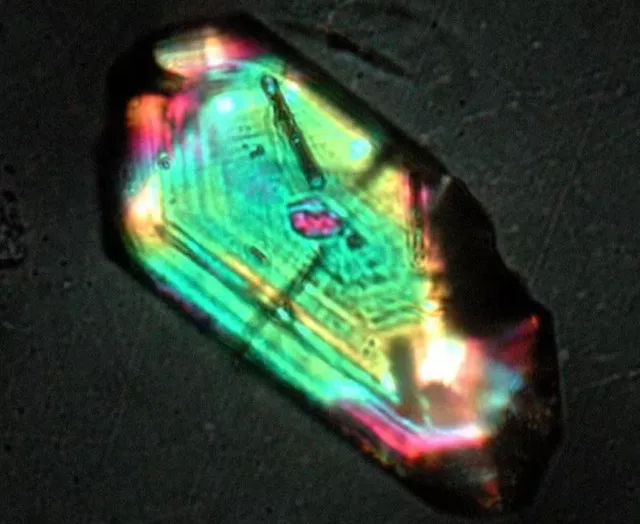On social media, many viewers were stunned after a man shared his shocking discovery of an eerie ‘Suspicious Pit’ on Google Maps.
On the Reddit platform, the man’s ‘Suspicious Pit’ discovery left viewers amazed and sparked discussions about various mysterious theories.
Man discovered ‘Suspicious Pit’ on Google Maps
A Canadian man, Joël Lapointe, recently made a shocking discovery while exploring Google Maps. He stumbled upon a mysterious hole in Quebec’s Côte-Nord region. Initially, he was planning a camping trip when he noticed the ‘suspicious pit.’
Joël Lapointe stunned by the crater’s size and shape

Lapointe observed that the pit measures approximately fifteen kilometers in diameter. Its unusual curvature struck him as unnatural. Nearby, he also found a ring of mountains surrounding Marsal Lake. This feature, about eight kilometers in diameter, added to the intrigue.
Joël Lapointe also shared his discover on Reddit
Suspicious Pit was discovered sparked debate on social media and discussion about mysterious theories.
One peron said: There are a few massive craters in Canada. I flew over one in June. Clearly visible from cruising altitude.
A second wrote: Wow! I would be shocked also to find out a 4+billion year old planet has craters! I was SURE the Moon shielded the Earth from all impacts.
While a third commented: The way the pit curved was very natural it was caused by a natural phenomena. Duh.
Another added: Earth is due for another life ending meteor blast. I am all in support for Giant Meteor Just End It Already.
Someone else said: The forest has helped keep this one undiscovered. The Quebec crater is also much ol…
The science behind the ‘Suspicious Pit’ discovered on Google Maps.

Curious about his findings, Lapointe consulted expert researchers. Among them was French geophysicist Pierre Rochette. He examined the area and suggested that the pit might be an ancient meteor impact site. Rochette stated, “Looking at the topography, it’s very suggestive of impact,” in an interview with CBC.
Upon analyzing material samples from the pit, Rochette discovered zircon. This mineral is known to preserve microscopic damage caused by meteor impacts. Although the evidence leans towards the crater being of extraterrestrial origin, further tests are necessary for a conclusive identification.
If confirmed as a meteor crash site, this discovery would be significant. Rochette noted that the last similar find occurred in 2013.
Scientists also provide theories about impact craters

According to NASA, impact craters form when high-velocity objects collide with a planet’s surface. This impact generates shockwaves that melt and recrystallize the surrounding rock. Some craters can be millions, even billions, of years old.
Tara Hayden, a postdoctoral associate at Western University, explained, “Meteorites can be composed of different substances, like ancient planets and material from the birth of the solar system.”
She added, “That’s the wonderful thing about impact craters. We get to have this link between Earth and the outside universe.”
Earth Sciences professor Gordon Osinski at Western University considers this pit a “strong contender” for a meteorite crash site. He shared that he hasn’t identified a crater in over a decade. The prospect of doing so now is “super exciting” because such opportunities are rare.
Osinski mentioned, “It’s quite easy with Google Earth these days to find structures that are circular or semi-circular. But nine times out of ten, they’re not craters.” However, he believes this site could be an exception.